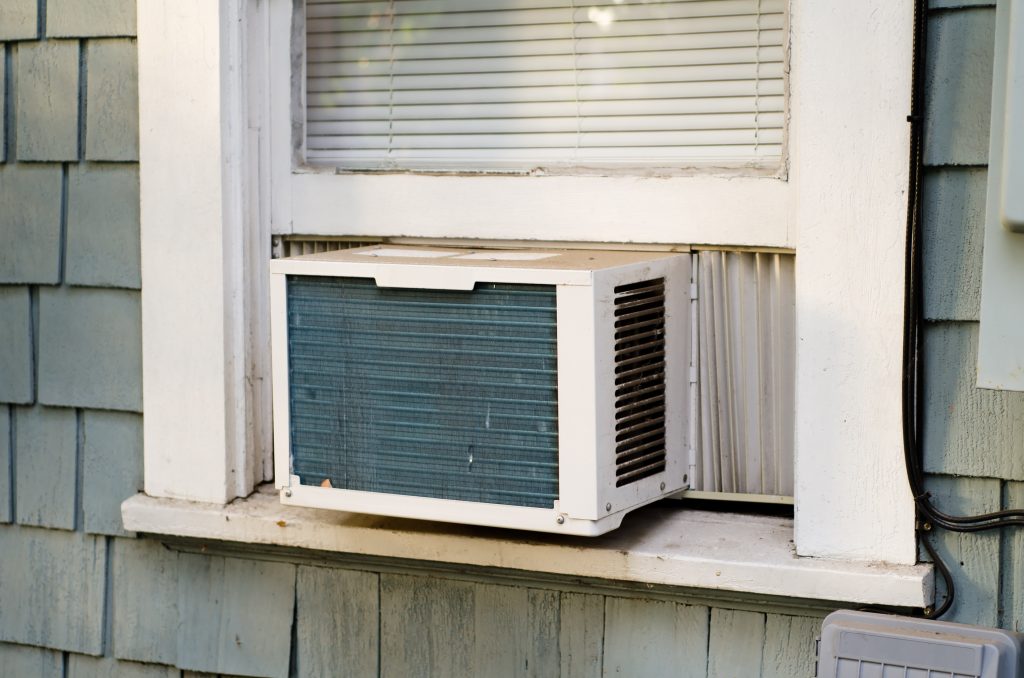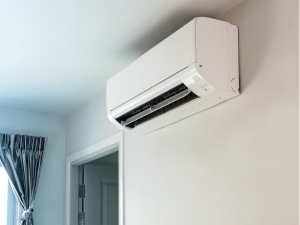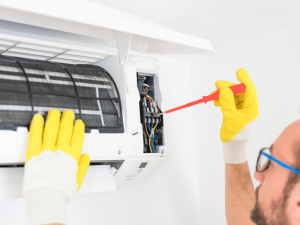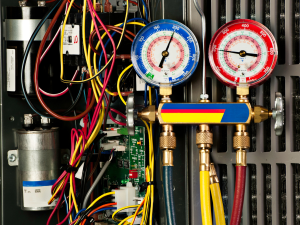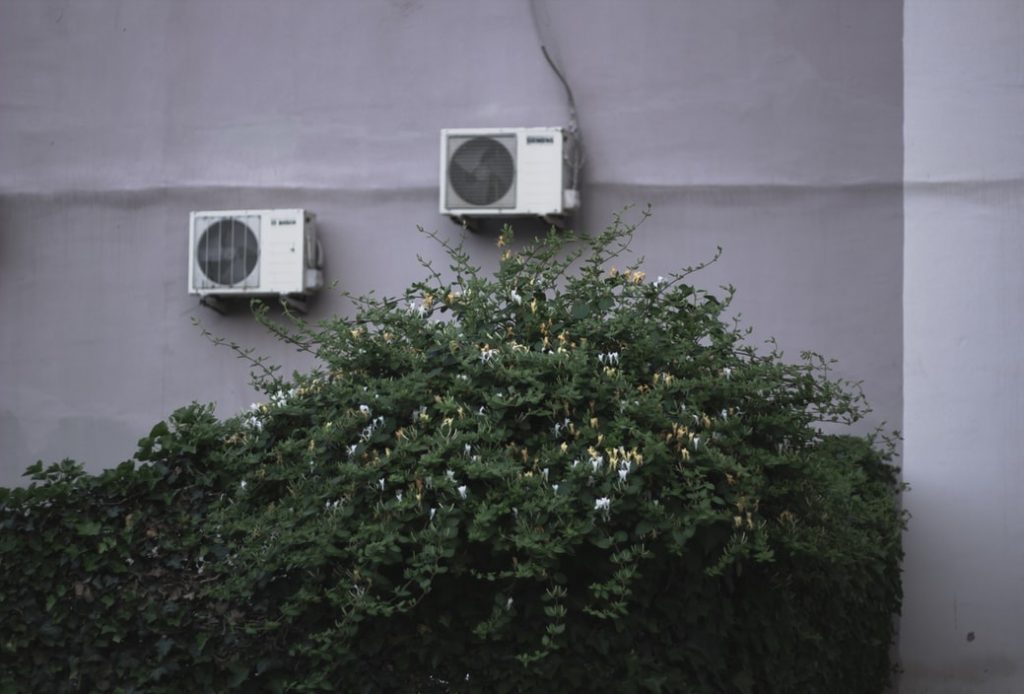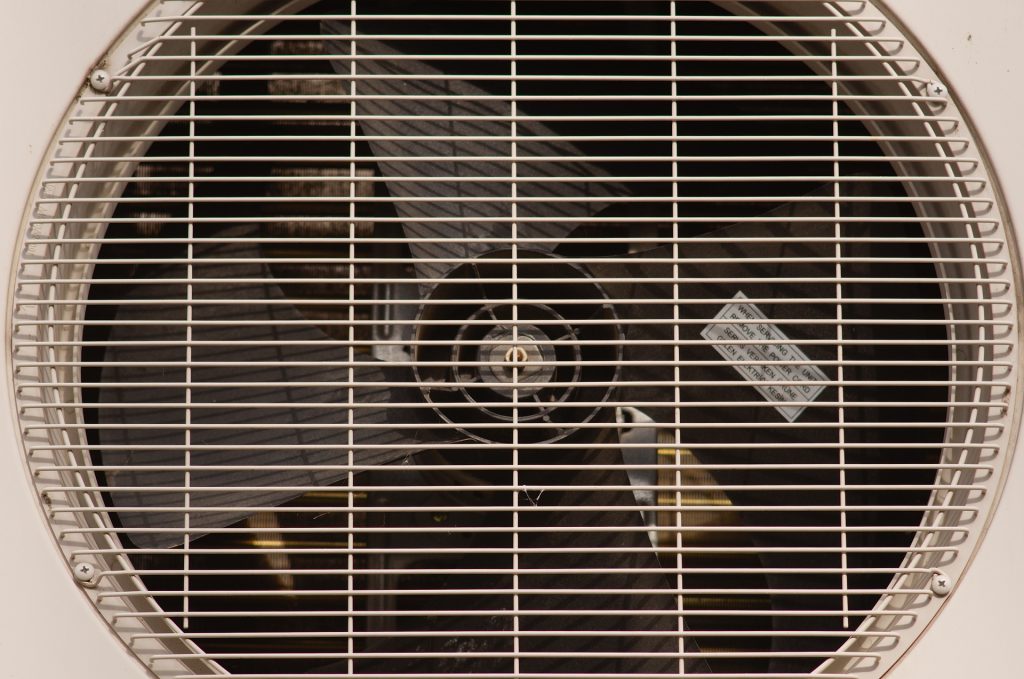With rising energy costs and environmental concerns related to fossil fuel usage, many homeowners are looking to find the most energy efficient AC unit on the market. If you are among those seeking an energy efficient AC, you’ll first want to familiarize yourself with some standard terminology:
- The Energy Efficient Ratio (EER) measures the operation effectiveness of a cooling system. A rating of at least 12 is considered good.
- The Combined Energy Efficiency Ratio (CEER) is the standard used specifically for window units by the Department of Energy. It takes both the energy required during use and the energy used when in standby mode into consideration.
- The Seasonal Energy Efficiency Ratio (SEER) measures how well central air conditioners perform over a full season of use. It does not apply to stand-alone AC units, so it should not be confused with the CEER rating.
- The British Thermal Unit (BTU) measures how much heat is being removed from the air by a cooling unit. Experts recommend 20 BTUs per square foot of room size when selecting the best AC unit for your space.
You can visit American Home Water and Air online or give us a call if you’d like assistance with your search or are looking for a professionally installed system. We’ll be happy to guide you through your options. Continue reading to learn more.
What Types of Energy Efficient AC Units are Available?
If you are ready to shop for an air conditioner to suit your needs, let’s talk about the types of AC units available to keep you cool on a hot Arizona summer day.
1. Split ACs
A split ac system is better known to most as a central cooling unit. It utilizes a compressor and condenser unit outside the home that works with the evaporator, air handler, and filter system inside the home. A series of ducts distribute cool air throughout the home.
2. Packaged AC Systems
This kind of AC system packages the compressor, coils, and air handling mechanisms in a metal cabinet outside the home, saving room indoors. Like the split AC system, the packaged AC system requires ductwork to take cool air throughout the home.
3. Window AC Units
Window AC units are housed in a metal box that holds the compressor, coils, and air handler. Mounted in an open window, it circulates air in a room through its system, cools it, and sends it back out to the room. The warm air and moisture created in this process are discarded outside the window. Check out our guide to windows AC insulation if you’re interested in this type of ACs.
4. Portable ACs
Portable air conditioners, like window units, are stand-alone units containing the compressor, coils, and fan needed to create cool air. They operate much like a window unit; except they include a hose that must be placed through a window opening to expel the warm air and the moisture it creates. Check out our article on “How to vent a portable air conditioner without a window” for more information about venting portable ACs
5. Ductless Mini-Split Systems
Ductless mini-splits include a compressor condenser located outside the home that feeds a small air handler inside each zone set up within the home to cool designated areas. These are also recommended as energy efficient means of cooling older homes.
6. Through-the-Wall ACs
Through the wall air conditioners work the same as window AC units, but they are mounted through a hole in the wall rather than taking up window space. Check out our article to learn how to install through the wall air conditioner.
7. Inverter ACs
Inverter air conditioners might be ductless, through-the-wall, window-mounted, or split air conditioners, but they include an inverter that gauges and regulates the electrical current received by the unit. Thus, the unit will only be given energy in small doses, providing only what it needs to cool a room. This energy efficient AC unit can be up to 40 percent more energy efficient than a standard unit.
Best Energy Efficient AC Units on the Market in 2022
Don’t have time to look at everything that’s out there in the market? Let us help you narrow down some of your choices. These are some of the best energy efficient smaller AC units on the market according to a comparison of their Energy Star ratings and features.
Keystone Energy Star 5,000 BTU – This window AC unit has a 12.1 EER rating and multiple operating modes, including an on/off timer and an energy saver mode. It can cool up to 150 square feet. The remote control included with it allows for easy operation.
Amana AVXC20 – With a 24.5 SEER rating, the Amana AVXC20 ranks very highly as an energy efficient AC unit. Its inverter varied-speed compressor and Comfortnet thermostat create the perfect combination of built-in energy savings and user control to keep costs low.
LG 18,000 BTU Smart Window – This window AC from LG embraces inverter technology to deliver an EER of 14.4. Its ability to quietly cool up to 1,000 square feet makes it an ideal choice. Smart controls allow users to turn it off by remote and Wi-Fi integration allows for setting schedules by smartphone.
Whynter ARC-14S 14,000 BTU Portable – Sporting an 11.2 EER rating, this portable air conditioner is highly efficient. The auto-drain system it uses recycles moisture via two exhaust hoses, greatly increasing its ability to create chilled air. It’s designed for smaller rooms of about 500 square feet and its portability allows it to be easily moved from one room to another as needed.
Frigidaire 8,000 BTU Through-the-Wall – This through-the-wall AC comes with a remote control to adjust the thermostat and turn the unit off and on. There is also an energy-saving option and a timer that will automatically turn the unit off or on as scheduled.
Midea U Inverter Window – The inverter technology that varies the flow of energy to this unit achieves a 13.3 energy-efficiency rating, providing up to 35 percent more energy savings than many of its competitors. Its U-shape allows standard windows to be closed down in the center of the unit, reducing the amount of space around it that must be sealed off. Wi-Fi capabilities allow remote control of the unit through an app.
If you’re looking for a quick solution to cool down an area of your home, you can’t go wrong with one of the choices above. For more substantial systems such as a central unit or a ductless mini-split, get in touch with AHWA. One of our professionals will be happy to assess your situation and recommend the best solution for your space and budget.


